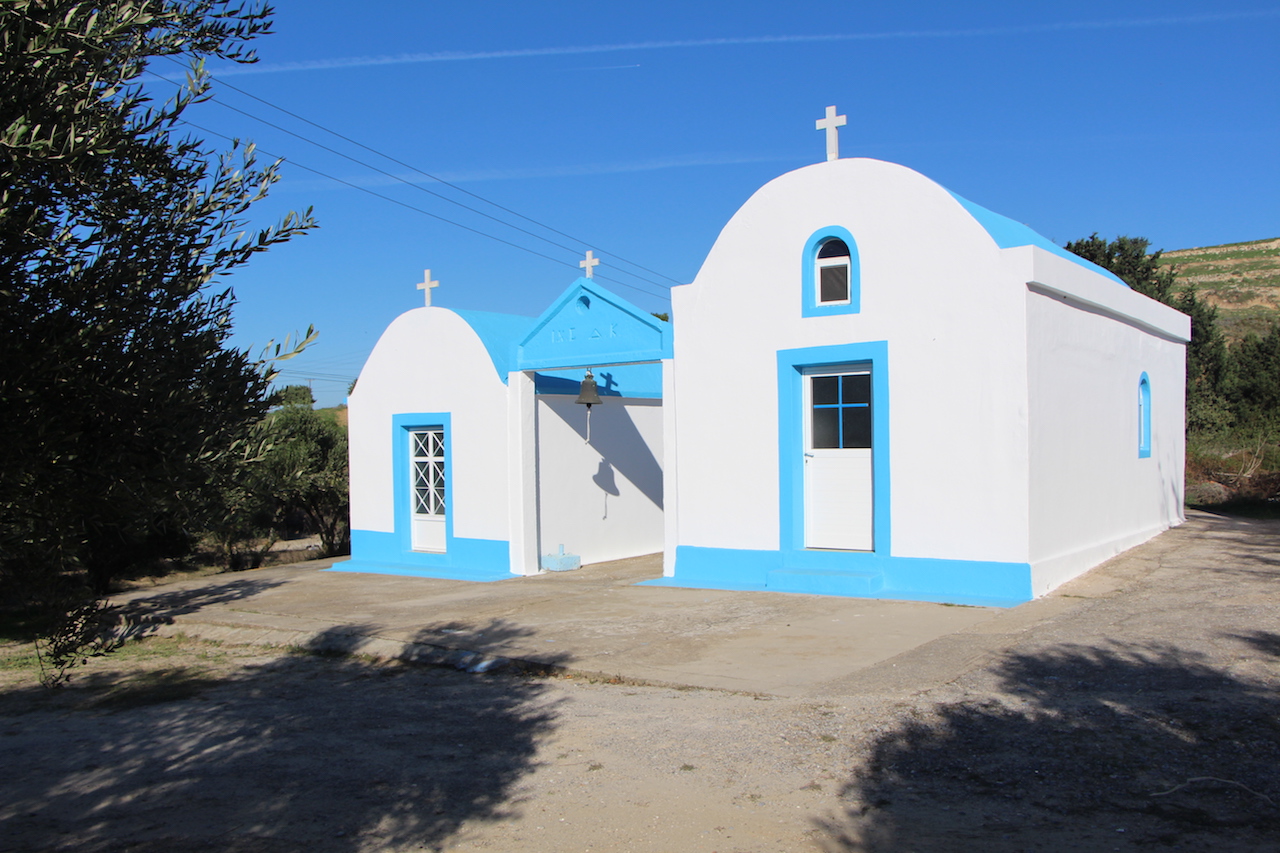
UThe Church of Taxiarhon Archangels Michael and Gabriel is situated in the south western part of the settlement of Old Pyli. The structure was built gradually and you can clearly distinguish three phases. The eastern part of the main building (4.75m*2.82m) dates back to the Byzantine era. The Communion table is built in and has two apses. The church of Taxiarhon was extended towards the west (3.75m*3.00m) by adding an extra chamber and a semi circular roof during the period of the Knights of St John . A rectangular ante nave was later added with a flat roof made of wood and argyle. On the outside on the southern part, you can still see the remains of arches which supported the portico. Inside the church there are plenty of wall paintings dating back to the 14th and 16th century.























